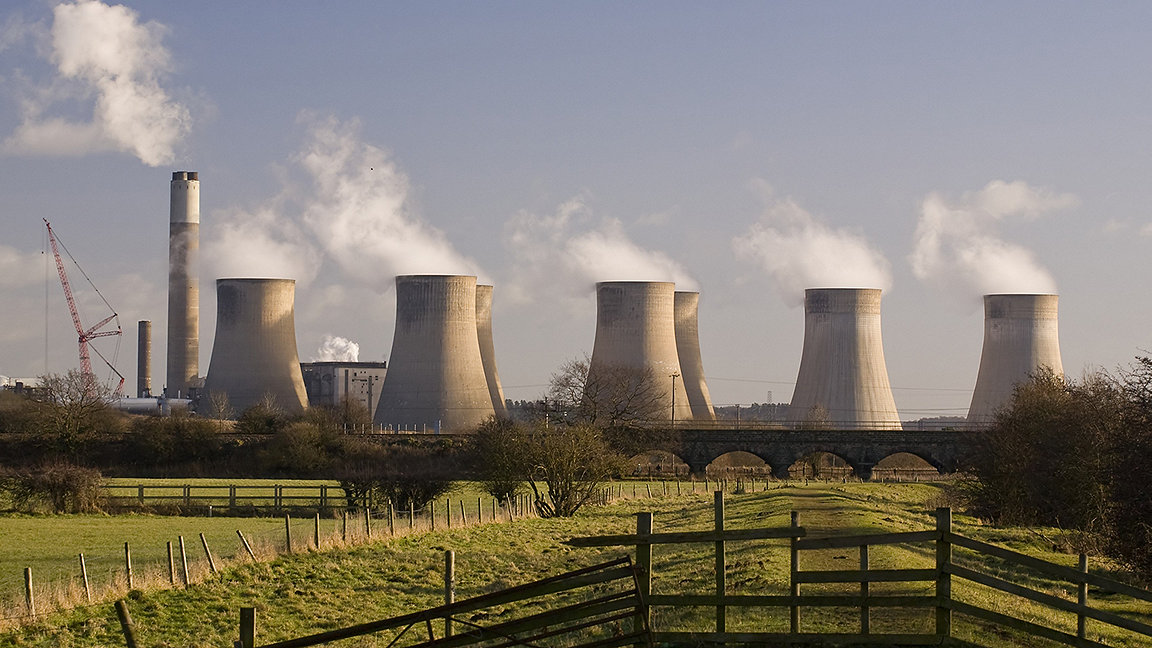
Taking a whole-life perspective on the built environment's carbon emissions, the UK Net Zero Carbon Buildings Standard (NZCBS) will provide limits for embodied and operational carbon in new as well as retrofitted buildings, to be used in its definition of what makes a building net-zero.
RICS is an integral part of this initiative and, through its Whole life carbon assessment (WLCA) for the built environment professional standard, it provides a consistent methodology for the measurement and reporting of emissions across the building life cycle. A second edition of the standard has recently been published.
Carbon data collected to assess common practice
Before taking a decision on acceptable thresholds for embodied and operational carbon, the NZCBS team collected data on UK-based projects to better understand both business as usual and best practice across the construction industry.
The team issued a call for evidence in November 2022, the results of which were made public in a technical update on the NZCBS website earlier this year.
The update enabled the team to look at a sample of almost 500 projects for which embodied carbon figures were submitted in response to the call for evidence.
Sufficient data was received to analyse nine building types, although some are better represented than others: homes make up nearly half of the sample at 238 projects, while only nine are healthcare.
Moreover, these carbon figures are limited to life-cycle modules A1 to A5 as defined in BS EN 15978:2011 – that is, upfront carbon – and therefore do not include embodied emissions from the use phase and at the end of the building's life.
Figures valuable despite caveats
Nonetheless, these figures are extremely valuable because good-quality data on embodied carbon remains difficult to find. Indeed, assessors often complain about the lack of suitable benchmarks against which their own projects can be compared.
It should be noted that the performance of projects submitted to the call for evidence is likely to lie in between business as usual and best practice, because embodied carbon assessments are often carried out only on projects where sustainability is a priority.
Therefore, to produce the figures presented here, the NZCBS team has removed outliers and backfilled gaps in some projects.
They could do so because submitted figures were broken down by building element, following the New Rules of Measurement categories listed in the second edition of the RICS WLCA standard.
This also allows analysis of the impact that each element has on the total embodied carbon.
'Assessors often complain about the lack of suitable benchmarks against which their own projects can be compared'
New build assessment prompts levels of good practice
Figure 1 below shows the results of the analysis carried out by the NZCBS team on the results of upfront embodied carbon assessment for new builds, with most projects being at RIBA Plan of Work stage 4 or later at the time of the assessment at the time of reporting.
Looking at all building types, most projects fall in the range 450–650kg of carbon dioxide equivalent per square metre (kgCO2e/m2). The spread of values for homes closely corresponds to this range, though this is to be expected since they make up the largest part of the sample. The other building types are clearly above or below the range, but only some types are substantially different.
Considering the 50th percentile values, the largest difference is found in the commercial residential type – which includes commercially run properties such as student accommodation and senior care – and logistics and warehouse types, being 17% and 18% lower than the all-types value respectively.
This clearly indicates that these generally entail less embodied carbon than other kinds of building.
However, their 75th percentile values are high enough to overlap with the 25th percentile values of other building types, which means there is sufficient variation for some of the most carbon-intensive warehouses, for example, to be equivalent to the least carbon-intensive schools.
If we exclude the commercial residential and logistics and warehouse types, we can see that all 25th percentile values fall around the 500kgCO2e/m2 mark, giving an indication of the currently achieved level of best practice in terms of embodied carbon reduction.
This is consistent with the aspirational target for homes and schools set by the Low Energy Transformation Initiative (LETI) which is indeed 500kgCO2e/m2.

Figure 1: Upfront embodied carbon assessment of around 500 sample new builds in UK © NZCBS
Further data and analysis required
Of course, this is a very rough take on the subject, and it is now the task of the NZCBS team to define suitable limits for each building type on the basis of this evidence.
It is also considering feedback from a consultation on the technical update and on what levels of carbon performance could be achieved for new builds. This consultation ran from 14 June until 31 August and the results should be published this year.
The team are also still looking for more embodied carbon data, especially for building types such as retail, data centres, sport and leisure venues, and hotels, for which not enough was submitted in November. So if you have data for such types, we strongly encourage you to email the NZCBS team.
RICS champions sustainability across professions
With the built environment estimated to be responsible for around 40% of global carbon emissions, RICS is championing sustainable practices across the built and natural environment. We are also empowering professionals to embed sustainability considerations into the way they work and better measure environmental impacts.


